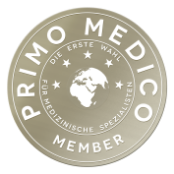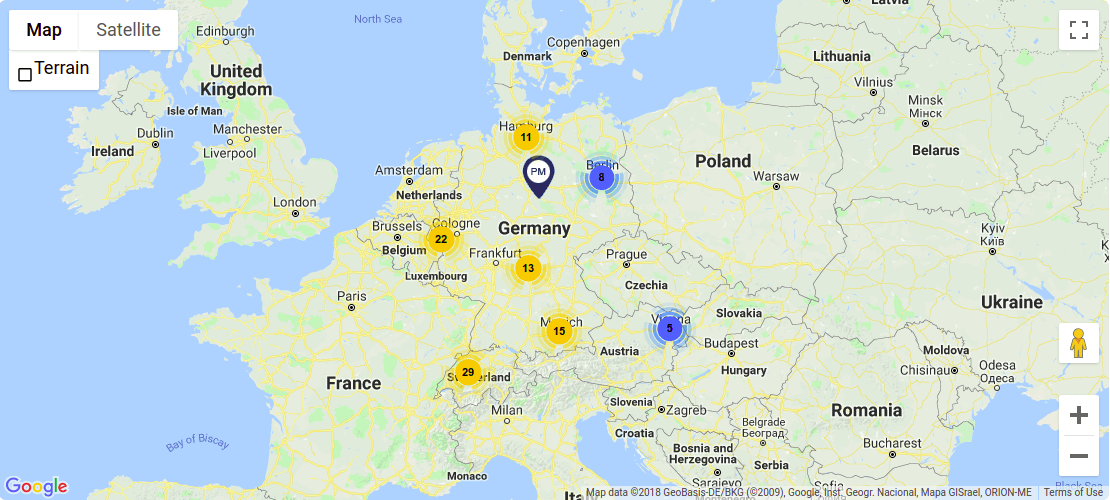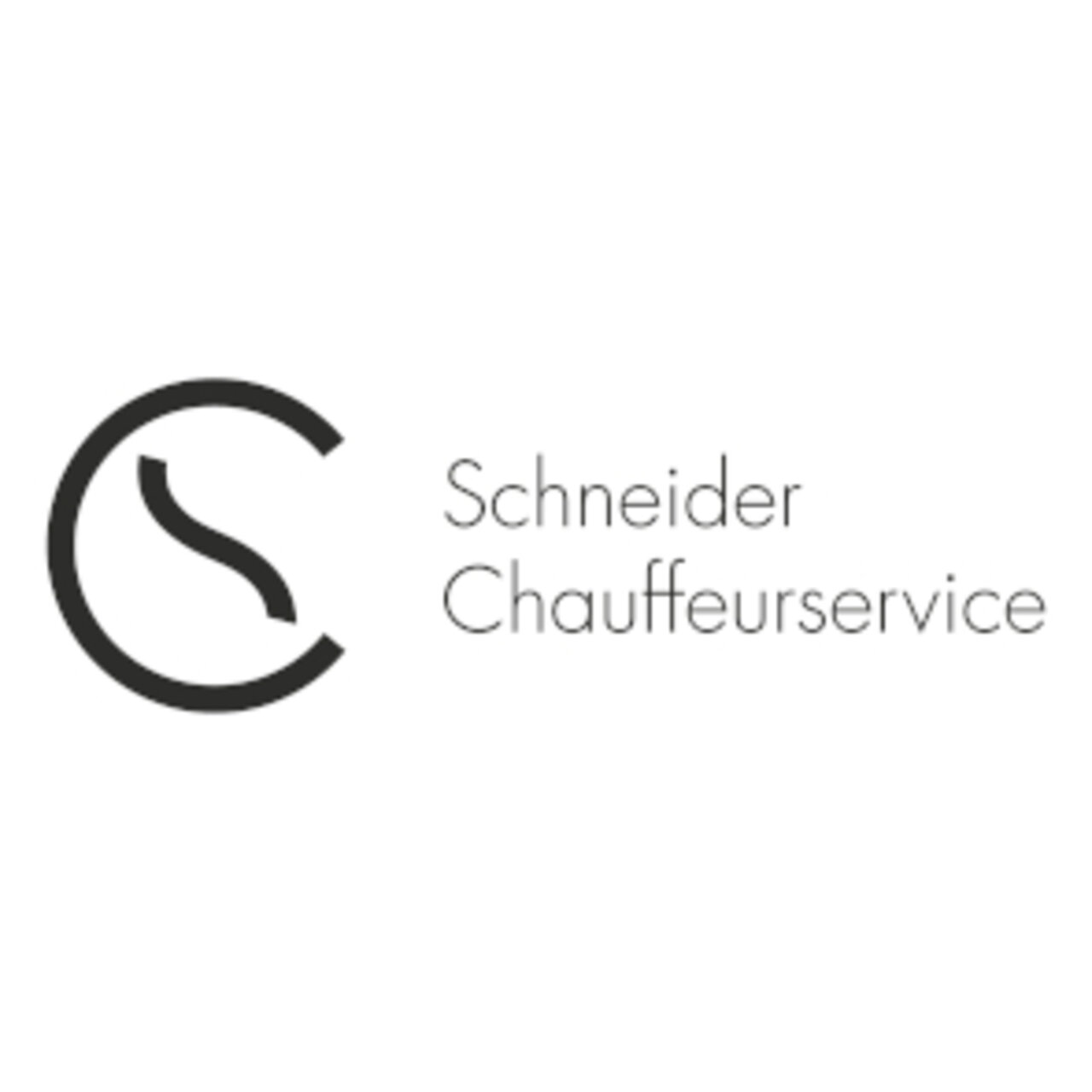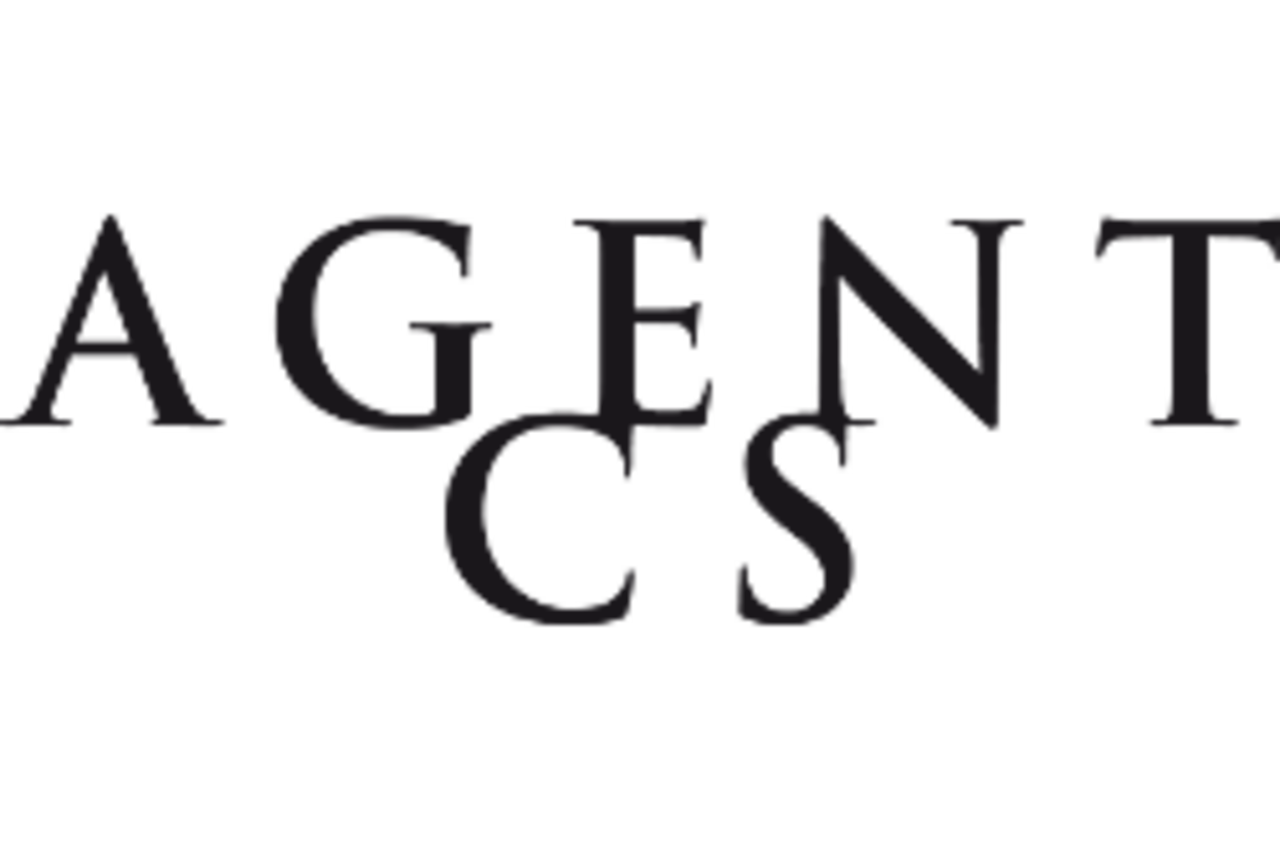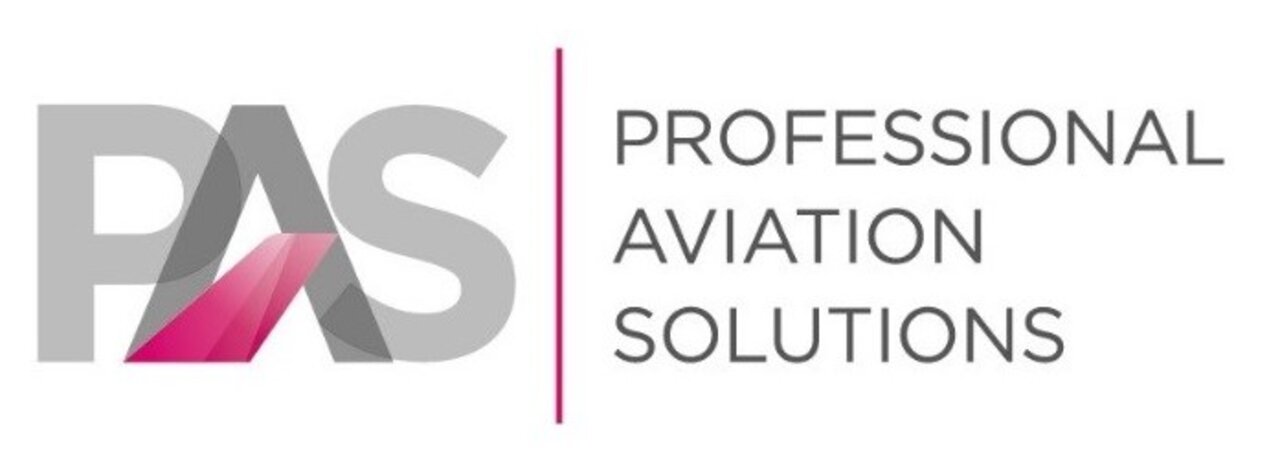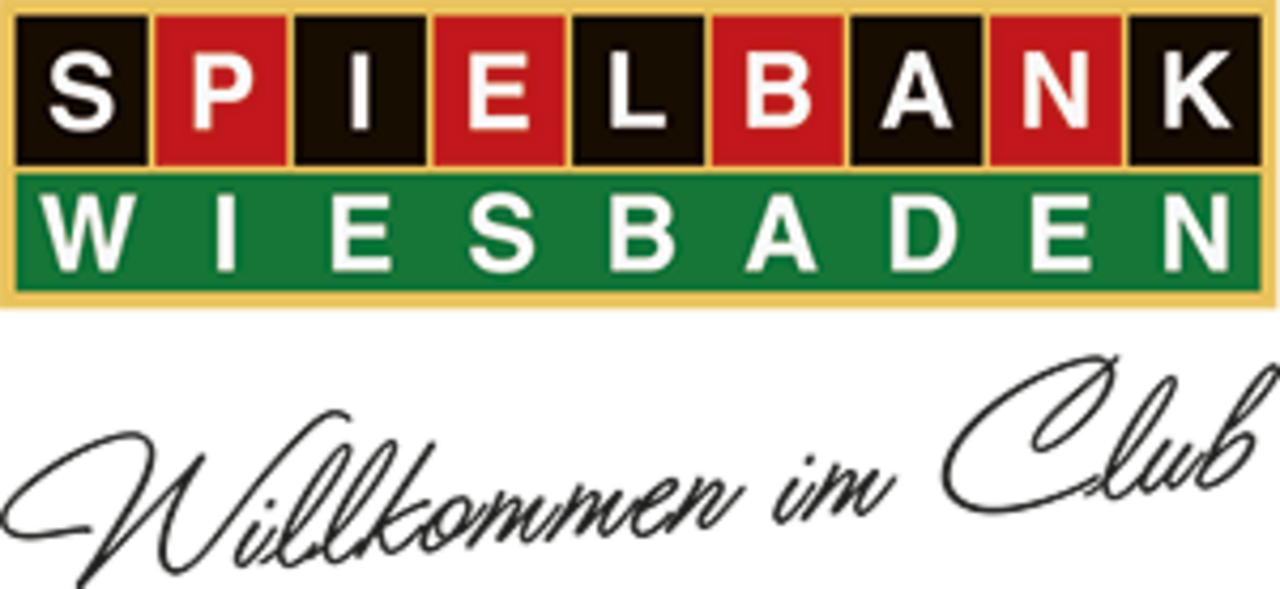Nuclear Medicine Homburg/Saarland: Prof. Dr Ezziddin
Treatment focus
- Molecular imaging, including innovative tracers and modern PET-CT
- PET/CT-Diagnostic (especially PSMA PET-CT, Zirconium-PET/CT, Somatostatin Receptor PET-CT)
- Complete conventional nuclear medicine spectrum, including SPECT-CT
- Radio-iodine therapy, including augmentation approaches to increase the effectiveness
- Targeted radionuclide therapy of advanced tumours
- PSMA therapy with 77Lu and 225Ac labelled ligands
- Peptide receptor-mediated radionuclide therapy (PRRT) for neuroendocrine tumours and others
- 223Ra therapy
- MIBG therapy
- SIRT treatment of liver metastases
Contact
University Hospital of Saarland
Department of Nuclear Medicine
Kirrberger Straße / Gebäude 50, D-66421 Homburg
P: +49 6841 17 830 28 F: +49 6841 16 246 92
Consultation Hours:
Monday – Friday by appointment

Medical Range
Range of Diagnostic Services
- Numerous special outpatient clinics for the best possible patient care
- Thyroid gland outpatient clinic: anamnesis and physical examination, ultrasound (sonography), laboratory diagnostics, thyroid scintigraphy (presentation of local function), Doppler sonography (assessment of blood flow, fine needle puncture (cytology), evaluation of surgery, ablation (RFA), and RJT
- Scintigraphy: complete conventional examination spectrum
- PET/CT: FDG-PET/CT, PSMA-PET/CT, Zirconium-PET/CT, Amyloid-PET/CT, FET-PET/CT (Brain Tumors), Somatostatin Receptor-PET/CT, Choline-PET/CT (NSD Adenoma)
Range of Therapeutic Services
- Radio-iodine therapy (for benign and malignant neoplasms)
- Targeted radionuclide therapy with innovative substances
- Therapy for bone metastases
- Selective internal radiotherapy (radio-embolisation, SIRT, for liver tumours or liver metastases)
- Radio-immunotherapy (for B-cell lymphomas)
- Peptide receptor-mediated radionuclide therapy (PRRT)
- PSMA-targeted radionuclide therapy (PSMA-PRRT, PRLT), including lutetium- and actinium-labelled radioligands
More Information
Card
Prof. Dr Samer Ezziddin is Director of the Clinic for Nuclear Medicine at the Saarland University Hospital in Homburg.
As the largest facility of its kind in south west Germany, the Clinic for Nuclear Medicine under the direction of Prof. Ezziddin provides patients of the University Hospital with the entire spectrum of modern nuclear medical examination and treatment methods.
Nuclear Medicine Homburg: Medicine and Research at the Highest Level
Under Prof. Ezziddin, the Clinic for Nuclear Medicine has, in recent years, received numerous awards for its work at the highest medical standard. For example, the high quality of the PET/CT was accredited with EARL PET/CT by the European Association of Nuclear Medicine (EANM).
In addition to their work with patients, Prof. Ezziddin and his colleagues are highly active in formulating new standards and developing new techniques, especially targeted forms of therapy.
Under the direction of our specialist, the Department of Nuclear Medicine at the University Hospital of Saarland has developed into one of the world’s leading institutions in the field of molecular radiotherapy of advanced tumours and targeted radionuclide treatment.
Prof. Ezziddin’s Treatment Spectrum
In the special field of Prof. Ezziddin and his team, nuclear medicine, organ functions are examined and visualised with the help of small amounts of radioactive medicines. This enables diseases or disorders to be detected at an early stage. Depending on the examination, the slightly radioactive material is enriched in body regions and transformed during metabolic processes. When the substances decay, the rays emitted (gamma rays) can be detected using special devices (gamma camera, PET scanner) and converted into images. For example, tumour metastases in bones and organs or certain tumour diseases can be visualised and – thanks to nuclear medical treatment methods – treated.
Nuclear Medicine Diagnostics
Scintigraphy, including SPECT-CT
In a scintigraphy, organ-specific radiopharmaceuticals are introduced into the body. After distribution, their decay is recorded by a gamma camera. This enables the localisation of, for example, inflammations or areas of higher metabolic activity (e.g. tumours, metastases) in the bones (skeletal scintigraphy). Also, in the area of the kidneys (renal scintigraphy), the excretory function, or the heart muscle (myocardial scintigraphy), the mobility and vitality of the heart muscle can be made visible and tangible. Other examples are liver function and pulmonary ventilation/perfusion scintigraphy.
PET/CT
PET/CT (positron emission tomography/computed tomography) is used to visualise metabolically altered tissue on a three-dimensional CT image, which allows the processes under investigation to be precisely localised. In PET/CT examinations, the radioactive substances released from the tissue by metabolic activity are detected using special equipment (gamma camera) and displayed in conjunction with the three-dimensional sectional image of the body (from computed tomography). Through appropriate conversion, tissue with increased or decreased metabolic activity is imaged on the PET/CT and can thus be precisely localised. PET/CT is mainly used in searching for tumours or assessing the course of known cancers.
Nuclear Medicine Therapy
Nuclear medical radiopharmaceuticals can be used specifically for certain benign and malignant thyroid diseases, for the treatment of neuroendocrine tumours (NET), for the treatment of bone metastases of prostate carcinoma, and for liver metastases. Other therapeutic options include radio-immunotherapy, radiosynoviorthesis, and PSMA-targeted radionuclide therapy for prostate cancer.
Radio-Iodine Therapy
If there are “hot nodules” in the thyroid gland or if hyperthyroidism is present, these over-active cells can be destroyed with radioactive iodine in addition to surgery. This therapy method is comparably gentle for the entire body because iodine is metabolised only in the thyroid gland and can thus attack the radioactive substance in a targeted manner. The therapeutic success of radio-iodine therapy is comparable to that of surgical removal. The radioactive iodine is taken in tablet form and is passed on to the over-active cells via the intestine and bloodstream. During therapy, patients must stay in special wards because they emit radioactive radiation for a certain period of time. Patients can be discharged if they fall below legally prescribed limits and are medically safe. Patients can usually leave the clinic after about a week.
PSMA-Directed Radioligand Therapy (PRLT)
A more recent targeted therapy for patients with advanced prostate cancer is PSMA-targeted radionuclide therapy, also called PSMA-targeted peptide receptor radionuclide therapy (PSMA-PRRT). PSMA (prostate specific membrane antigen) is a protein receptor that is highly abundant on the cell surface of prostate carcinoma cells. This is utilised in the nuclear medical diagnosis and therapy of these tumours by coupling a radioactive nuclide to a substance that binds to PSMA. This emits either detectable radiation for diagnosis or (therapeutically) damaging radiation with a short range (e.g. lutetium 177). In PSMA-directed radionuclide therapy, radioactive radiation (β-radiation) can exert its therapeutic effect directly on the tumour cells while sparing the surrounding healthy tissue.
PSMA-PRRT (PRLT) is a new treatment method for prostate cancer patients for whom no satisfactory therapy alternatives exist.
The Homburg research group led by Prof. Ezziddin showed that even in patients whose tumour cells show an insufficient response to 177Lu, an additional administration of the α emitter 225Ac was able to satisfactorily increase the tumour response. With the Homburg approach of this “tandem” therapy, excellent remission rates with low toxicity were achieved.
The Clinic for Nuclear Medicine with its therapeutic focus has developed into one of the world’s leading centres for molecular radiotherapy thanks to many years of experience and innovative therapeutic approaches.
Peptide Receptor-Mediated Radionuclide Therapy (PRRT)
In the field of PRRT, Prof. Ezziddin can rely on his experience as an international expert. He was one of the first in his field to apply this modern and highly effective therapy in the treatment of neuroendocrine tumours. Neuroendocrine tumours (NET, formerly carcinoid) are rare tumours that develop from hormone-producing cells and which are usually able to produce hormones themselves. The tumours can settle on various organs in the body – often in the digestive tract, the lungs, or even the thyroid gland. Because of slow growth, patients often develop symptoms such as diarrhoea, reddening, sweating, and others at a late stage. If these tumours are not operable, targeted therapy peptide using receptor-mediated radionuclide therapy (PRRT) is an option. The neuroendocrine tumours form an unusually large number of special receptors (somatostatin receptors) on their surface. Nuclear medicine makes use of this special feature and couples radiopharmaceuticals to peptides (proteins) that bind to these receptors. This allows a targeted destruction of the tumour cells. PRRT is an elegant and modern technique for the local and effective treatment of neuroendocrine tumours.
Selective Internal Radiotherapy (SIRT)
SIRT is a modern and successful form of treatment for liver tumours and liver metastases which cannot be removed surgically. During this therapy, a vascular catheter is advanced through the bloodstream to the liver, and radioactive substances coupled with tissue-compatible resin or glass beads are injected into the vessels as close to the tumour as possible. The beads block the tumour-supplying vessels, and the radiopharmaceutical agent also locally releases high radiation doses to the tumour tissue during its decay and supports the destruction of the tumour cells. This modern method involves few complications yet is highly effective.
Interdisciplinary Thyroid Centre
In order to provide the best possible care for patients with thyroid diseases, the University Hospital of Saarland has an interdisciplinary thyroid centre for the development of interdisciplinary and individualised diagnosis and therapy programmes for patients. The following specialist departments are affiliated to this centre: nuclear medicine, internal medicine/endocrinology, general surgery, ear, nose and throat medicine, ophthalmology, paediatrics, and radiotherapy
Further information is available on the website of the Clinic for Nuclear Medicine.
Curriculum Vitae
- Study of Human Medicine at the Johann Wolfgang Goethe University in Frankfurt am Main, state examination in 1997
- American exam in 1998, including Step 3 in Philadelphia/US; Best test rate with attaining a 99.7% percentile
- Residency at the Medical University Hospital of Cologne in Endocrinology and Hepatology
- Specialist training at the Clinic and Polyclinic for Nuclear Medicine of the University Hospital of Bonn
- Consultant at the Clinic and Polyclinic for Nuclear Medicine at the University Hospital of Bonn: Development of the tumour therapy department into the largest German university centre during his time in Bonn
- 2008 Senior consultant and deputy clinic director of the Clinic and Polyclinic for Nuclear Medicine of the University Hospital of Bonn
- Masters studies in “Clinical Medical Technology” (MSc) at the Rheinische Friedrich-Wilhelms University of Bonn, Master’s thesis on different SIRT microspheres and clinical results
- Since 2014, Head of the Department of Nuclear Medicine at the University Hospital of Saarland and Director of the Department of Nuclear Medicine
- W3 University Professor with appointment to the Chair of Nuclear Medicine at the University of Saarland
Team
- Dr. med. Fadi Khreish
Managing Senior Physician, Head of the Therapy Ward - Dr. med. B. Sc. Florian Rosar
Functional Senior Physician - Malek Zaito
Senior Physician
Transport Connections
| Homburg (Saar) Central Station | 3.2 km |
| Zweibrücken Airport | 18.9 km |
| Saarbrücken Airport | 28.7 km |
| Saarbrücken Central Station | 39.0 km |
Information about Homburg
Homburg is the economic and scientific center of the Saarpfalz district and the Bliesgau Biosphere.
For decades, the district and university town has been among the excursion destinations that exert a unique charm for those interested in art and cultural history.
The Jägersburg recreation area invites visitors to rest and relax between the castle pond with the baroque Gustavsburg and the bridge pond. In addition, visitors can enjoy the beautiful landscape around several ponds and stop off at one of the numerous restaurants.

